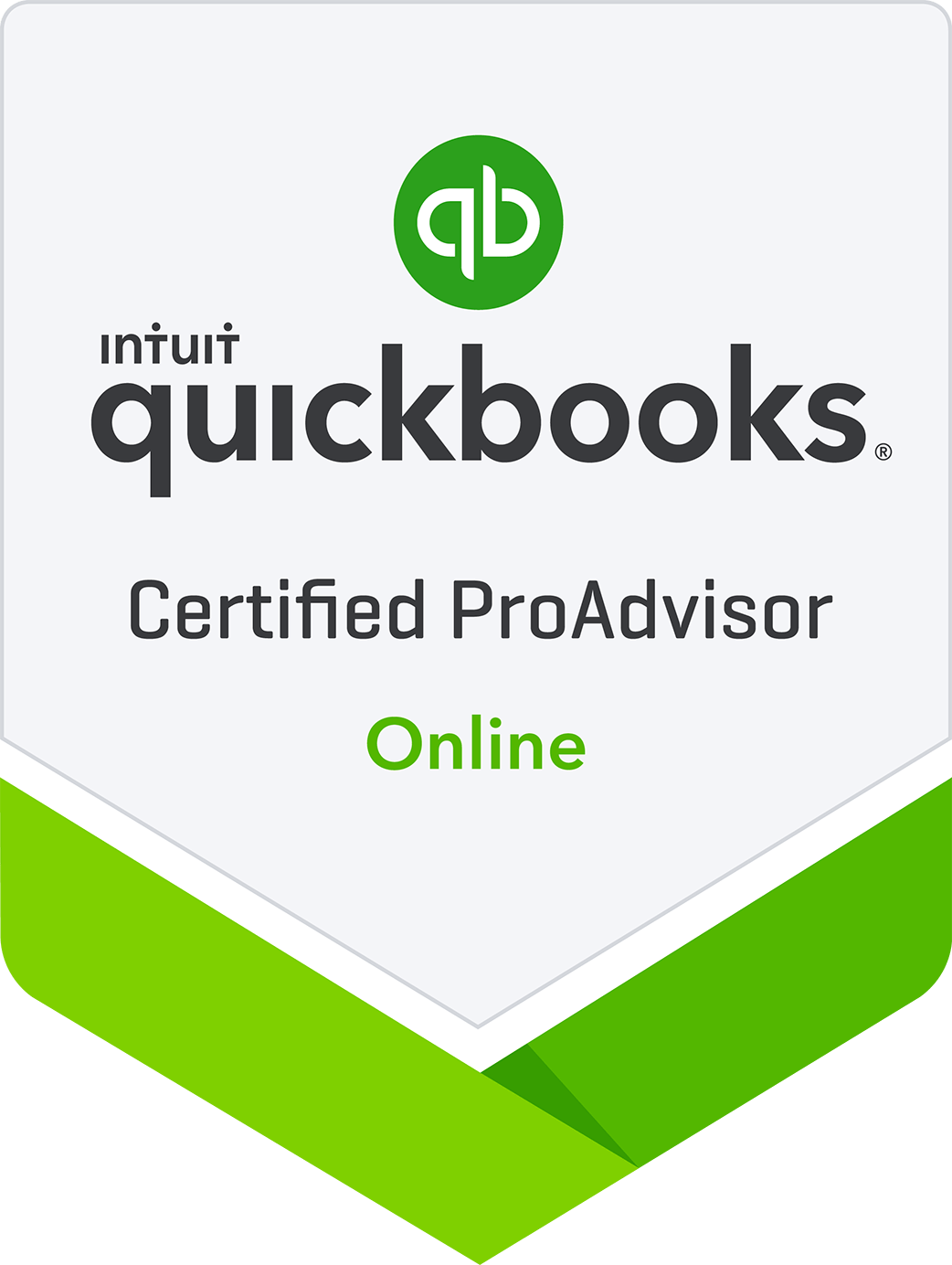Did you know that you can add apps to help increase the functionality of your core accounting system? The process will save you time and frustration. It is because every business is different that you may—and likely will—need these add-on features that aren’t already included in the accounting system you currently use. That’s where the apps come in: They provide a deeper functionality in the areas you need them. Take a look below at some examples we’ve put together.
- Payroll
Payroll apps help to simplify how you pay your employees. These payroll apps were created to help you implement an easy and automated method of managing payroll and all things HR-related.
Popular payroll options include Intuit’s many options, Gusto, ADP, OnPay, and Patriot. Explore the different features of each app and find which one works best for you and your needs.
- Time Tracking
The best and most accurate way to keep track of an employee’s time is with an app. A wide range of apps can make not only tracking but scheduling your employees’ time simple, too. These apps include:
- ClockShark
- BigTime
- Time Tracker
- TSheets
- And more!
Again, each app will offer different features. For example, most have timers, but only one might offer geofencing, so find the one that’s best for your business. Regardless of which one you choose to use, though, you will quickly discover how much time and energy you save without having to do time tracking manually.
- Inventory
Need more functionality to better manage your inventory? If you run an ecommerce, retail, or wholesale operation, you may need an inventory app to give you more features. Back order functions, drop ship handling, and recall functionality may be required depending on what you sell. Here are some popular apps for inventory:
- SOS Inventory
- BigCommerce
- Unleashed
There are also many ecommerce apps in this space: WooCommerce and Shopify, to name a few.
- Cash Flow
Dozens of apps exist to help you manage your cash flow as well as get funded:
- CashFlowTool
- Cash Flow Frog
- PayPie
- Chata.ai
- FUndbox
- Blue Vine
- Fundera
- And too many to list
Managing your cash and debt are important areas and ones that are easy to find to help you get quicker answers to your questions.
Now that it’s 2020, try working smarter, not harder. Add-on features can help! Remember, the examples listed above are just a few apps currently available. Determine what you need for your company to make better decisions, and then look around for the perfect app.
And, if we can help you implement your ideas faster, feel free to reach out to us anytime.



 Want a free consultation with us? Give us a call or send us an email to claim your complimentary consulting session.
Want a free consultation with us? Give us a call or send us an email to claim your complimentary consulting session.




